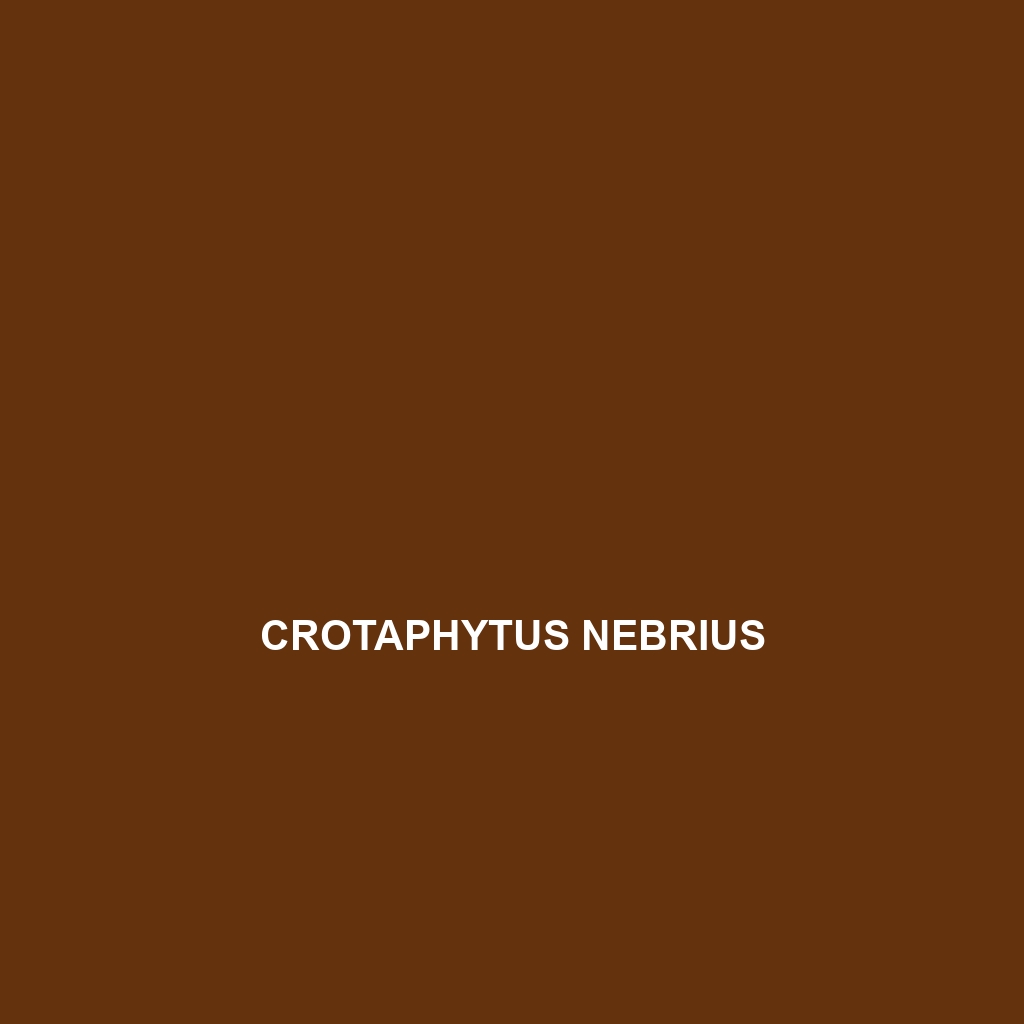Crotaphytus insularis
Common Name: Crotaphytus insularis
Scientific Name: Crotaphytus insularis
Habitat
Crotaphytus insularis, commonly known as the insular collared lizard, is primarily found in the arid regions of the southwestern United States and parts of Mexico. This species thrives in rocky outcrops, sandy plains, and brushy areas, which provide suitable environments for basking and hunting. Its distribution is largely concentrated in states such as Arizona and New Mexico, as well as in Mexico’s northern regions.
Physical Characteristics
The insular collared lizard typically reaches a size of up to 8 to 10 inches (20 to 25 cm) in total length, including the tail. Its coloring varies, commonly featuring a striking blend of vibrant hues, including grays, greens, and blues, with distinctive pale bands encircling the body. One of its remarkable features is its large, flattened head and elongated body, which aid in swift movement across rocky terrains.
Behavior
Crotaphytus insularis exhibits diurnal behavior, being most active during the day when it engages in basking and foraging. This species is known for its agile movements and territorial displays, especially during mating seasons. Its ability to run quickly and climb adeptly on rock surfaces makes it an effective predator, as well as a skilled escape artist from potential threats. Additionally, they are often seen exhibiting social interactions during basking activities.
Diet
The insular collared lizard is primarily insectivorous, feeding on a variety of insects such as grasshoppers, beetles, and ants. However, they are known to occasionally consume small vertebrates, including other lizards. This diverse diet supports their nutritional needs and is critical for their growth and reproduction, making them an important predator in their ecosystem.
Reproduction
Crotaphytus insularis breeds during the warmer months, typically from spring to early summer. Females lay clutches of 2 to 8 eggs in sandy or loose soil, which incubate for about 6 to 8 weeks. Hatchlings are relatively independent from birth, often fleeing to avoid predators, and exhibit aggressive behaviors indicative of their survival instincts. Parental care is minimal, as adults do not guard the eggs or hatchlings.
Conservation Status
According to the IUCN Red List, Crotaphytus insularis is currently classified as ‘Least Concern’, indicating that there are no immediate threats to its population levels. However, habitat destruction and climate change pose potential risks in the long term, and monitoring efforts continue to ensure the stability of their populations.
Interesting Facts
One fascinating aspect of Crotaphytus insularis is its ability to change color slightly with temperature, which helps in thermoregulation. Additionally, these lizards are known for their vocalizations, particularly during mating displays, where males perform head-bobbing and push-up displays to attract females.
Role in Ecosystem
Crotaphytus insularis plays a vital role in its ecosystem as both a predator and prey, helping to maintain the balance of insect populations and serving as food for larger predators such as birds of prey and snakes. Their presence contributes to the biodiversity of their habitat, showcasing the interconnectedness of species in arid environments.
